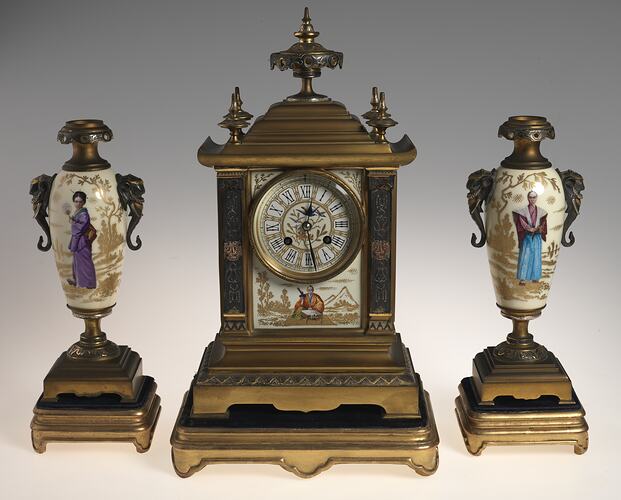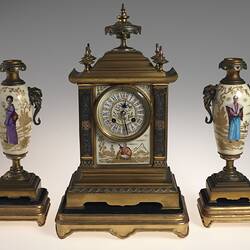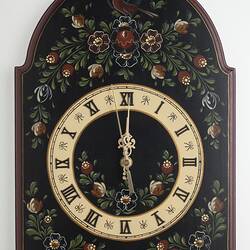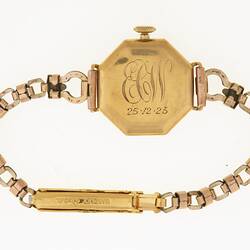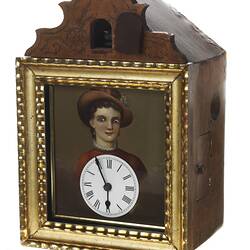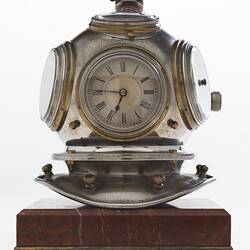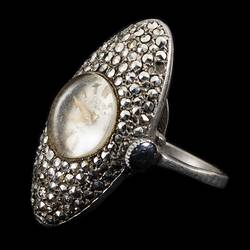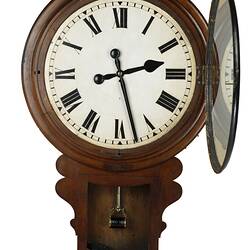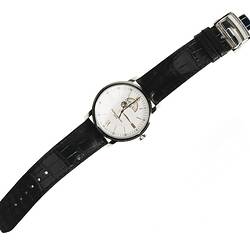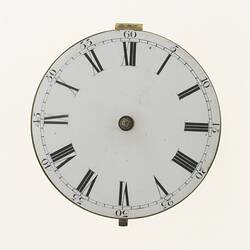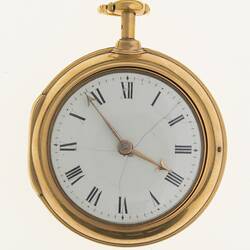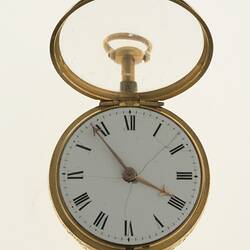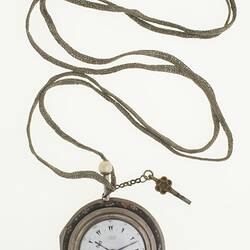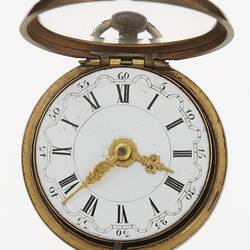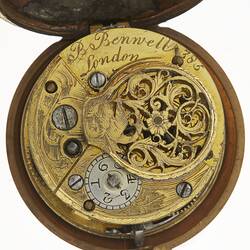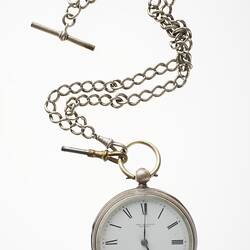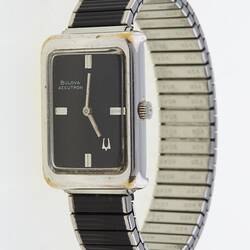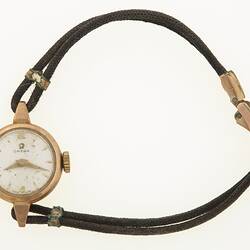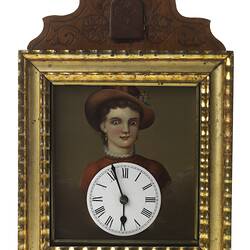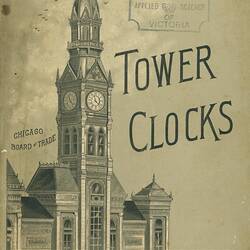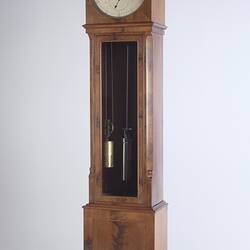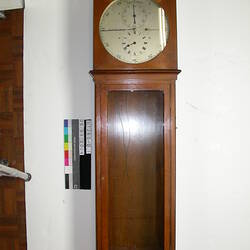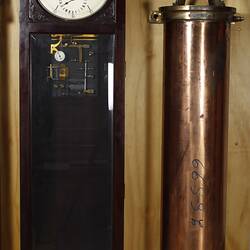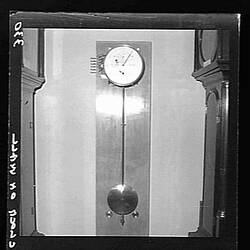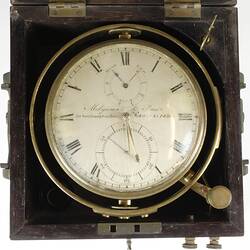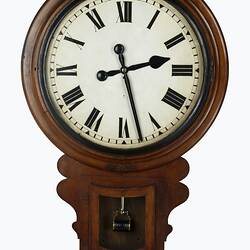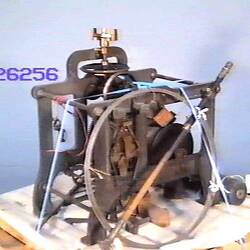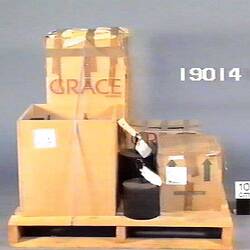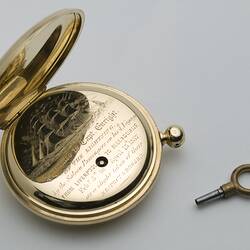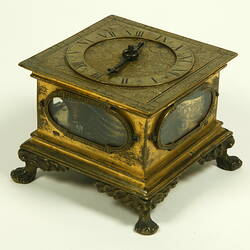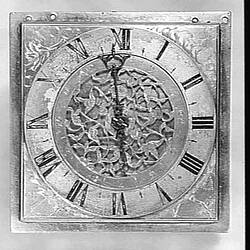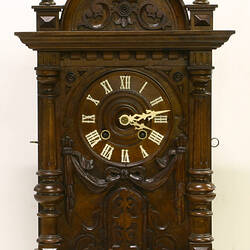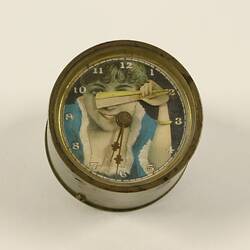The museum holds a significant collection of over 600 clocks and watches, dating from the 17th century to the present. It includes classic works in the history of timekeeping: a 1630s German table clock, beautiful watches by preeminent 18th century British and French makers, and accurate astronomical regulators. There are items of local historical significance, such as the No.1 clock of the Victorian Railways, installed in 1858, and common items, such as domestic alarm clocks.
Incredibly, this diverse collection resulted predominantly from the passions and generosity of two men, neither of whom were employed by the museum. Like several other museum collections, the horology collection owes its existence and breadth to a partnership between the museum and independent collectors in the community. Collector John Askew began lending clocks and watches to the museum from 1920, and donated much of the collection in 1941. Watchmaker Joseph Lowy began to actively lend and donate items from the late 1940s, and was appointed an honorary curator from 1953 to his death in 1979.
From 1952 the horological collection was displayed in full in a new set of showcases in Barry Gallery at the old museum building in Swanston Street. Visitors to the museum could explore a clear explanation of the history of timekeeping, from sundials to the latest electronic watch. Although the emphasis was on technical developments, many of the clocks and watches in the collection are beautiful examples of the decorative arts.
The current emphasis is on acquiring watches and clocks that have a Victorian and Australian historical significance or association.
More Information
-
Keywords
-
Localities
-
Authors
-
Article types
